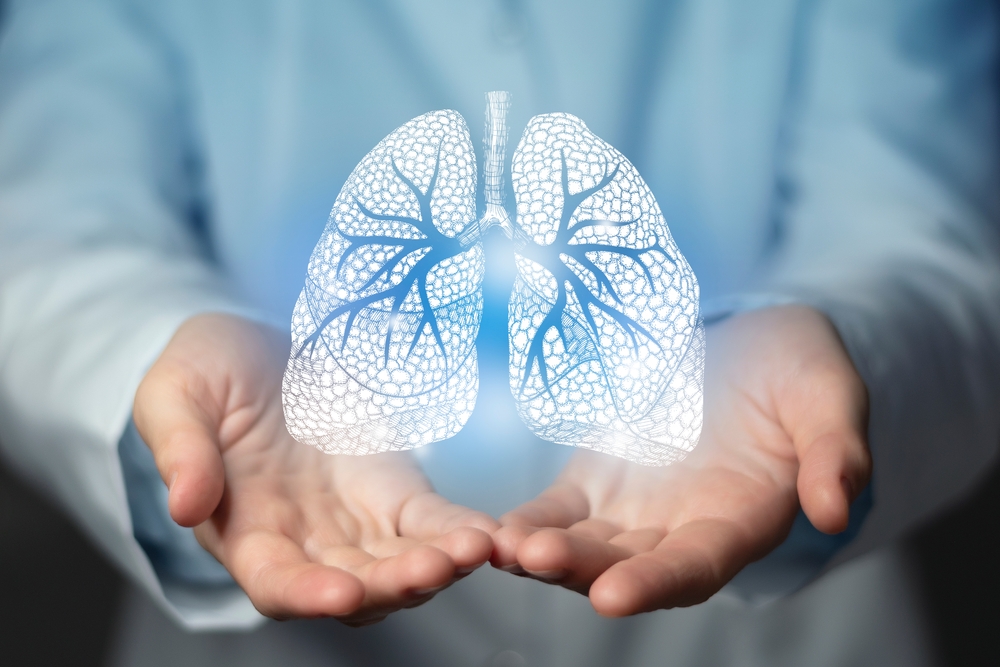Recent medical research is reshaping our understanding of Chronic Obstructive Pulmonary Disease (COPD), particularly highlighting its disproportionate impact on women. This shift in the COPD landscape is a direct result of numerous factors that have come to light through contemporary studies. While historically regarded as a disease primarily affecting men, COPD now has a more significant presence in women, marking an urgent need for gender-specific diagnosis and treatment strategies.
The growing prevalence of COPD among women can be attributed to a combination of biological, environmental, and societal influences. Genetics, along with lifestyle factors such as smoking and air pollution exposure, have traditionally been the key contributors to COPD risk. However, the increasing recognition of hormonal and genetic factors in women has added new dimensions to the disease’s progression and outcome. Researchers are exploring the intersection of these factors to understand the disease’s gendered impact fully.
Hormonal implications
A pivotal breakthrough in COPD research has been the discovery of estrogen’s role in lung health. Studies have increasingly shown that hormonal fluctuations, particularly during the menopausal transition, play a crucial role in the development and progression of COPD in women. Before menopause, estrogen appears to have a protective effect on the lungs, helping to maintain optimal lung function. However, as estrogen levels decline with age, especially post-menopause, the progression of COPD accelerates.
This hormonal shift highlights a unique vulnerability for women. Unlike men, whose lung function naturally declines with age, women’s decline may be more pronounced following menopause. This finding emphasizes the importance of addressing gender-specific needs in COPD treatment plans. It opens the door to exploring estrogen-based therapies and other hormone-related treatments that could offer a tailored approach to managing COPD in women.
Treatment evolution
The treatment landscape for COPD has evolved significantly over the past few decades. Traditional therapies such as bronchodilators and corticosteroids remain foundational for managing the disease, but the focus has broadened to include comprehensive care strategies that address more than just the physical symptoms. Pulmonary rehabilitation programs, which combine exercise, education, and support, are now considered a vital aspect of COPD management.
These programs aim to improve lung function, decrease symptoms, and enhance patients’ overall quality of life. For women, the integration of psychological support is becoming an essential part of their treatment regimen. As COPD is a long-term disease, it takes a toll on mental health, with patients often struggling with anxiety and depression. Addressing these psychological factors has become a critical part of contemporary COPD management strategies, particularly for women.
Comprehensive care approach
COPD’s complexity necessitates an integrated approach to care, one that goes beyond simply managing respiratory symptoms. A multidisciplinary team of healthcare professionals—including pulmonologists, physical therapists, nutritionists, and psychologists—can provide a more holistic approach to care. Such teams ensure that all aspects of the disease, both physical and emotional, are given due attention.
The rise of gender-specific care strategies is an important development in this area. Women’s COPD experiences are shaped by different biological, psychological, and social factors compared to men. As such, a care plan that accounts for these differences is more likely to yield positive outcomes. This integrated approach not only improves physical health but also enhances emotional well-being, which is a crucial factor in successful long-term management.
Living well with COPD
Living with COPD requires more than just medical intervention. A proactive approach that incorporates lifestyle modifications is vital for managing the disease effectively. Regular physical activity, a balanced diet, and stress management techniques can all contribute to improved health outcomes for people living with COPD, particularly women. Women with COPD are encouraged to adopt these habits to mitigate the impacts of the disease and lead a more active, fulfilling life.
Social support is also critical. Whether through family, friends, or support groups, strong networks can provide both emotional and practical support, helping patients maintain a higher quality of life. Support from healthcare providers is just as important, as they play a key role in guiding patients through the challenges of managing COPD over time.
Future perspectives
While COPD remains incurable, advancements in medical research continue to offer hope. Understanding the gender-specific aspects of COPD has sparked new avenues of research, from exploring hormone-based therapies to developing individualized treatment plans that consider a patient’s unique biological and social factors. As knowledge grows, treatment options will continue to improve, ultimately leading to better management strategies and quality of life for both men and women, with particular attention to the needs of women.
With continued research into the impact of COPD on women, there is hope for more personalized and effective care. Addressing the unique challenges women face with COPD could make a significant difference in improving their long-term outcomes.













